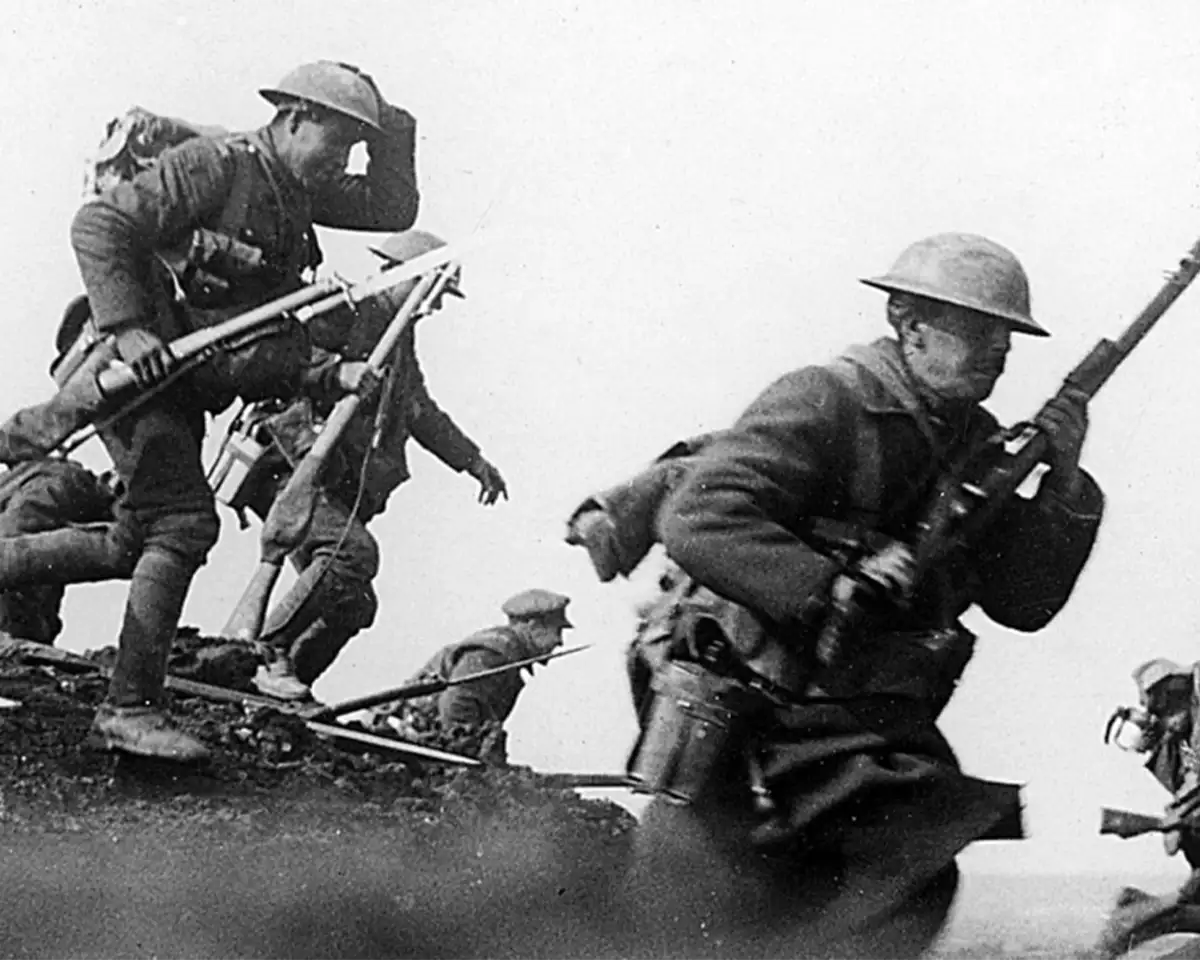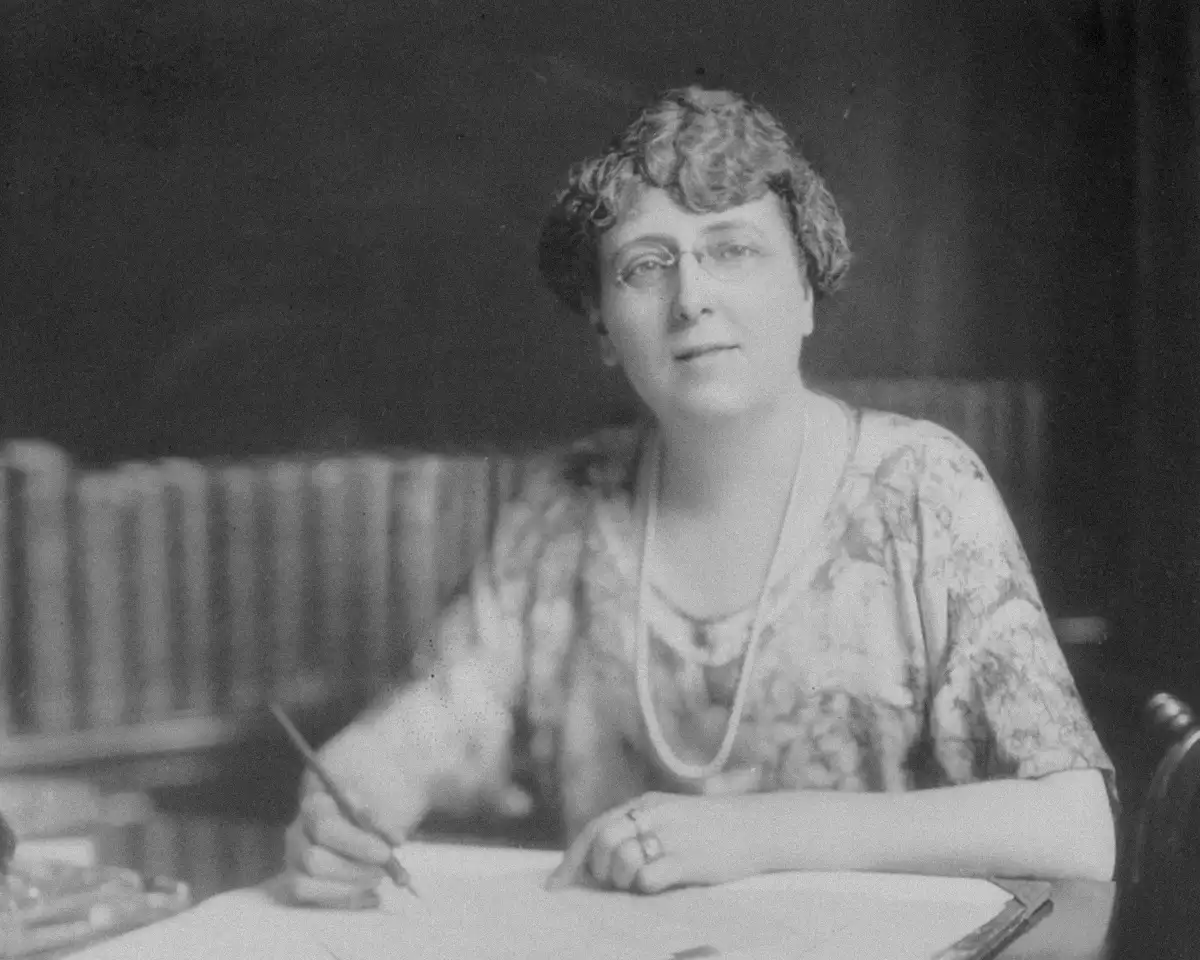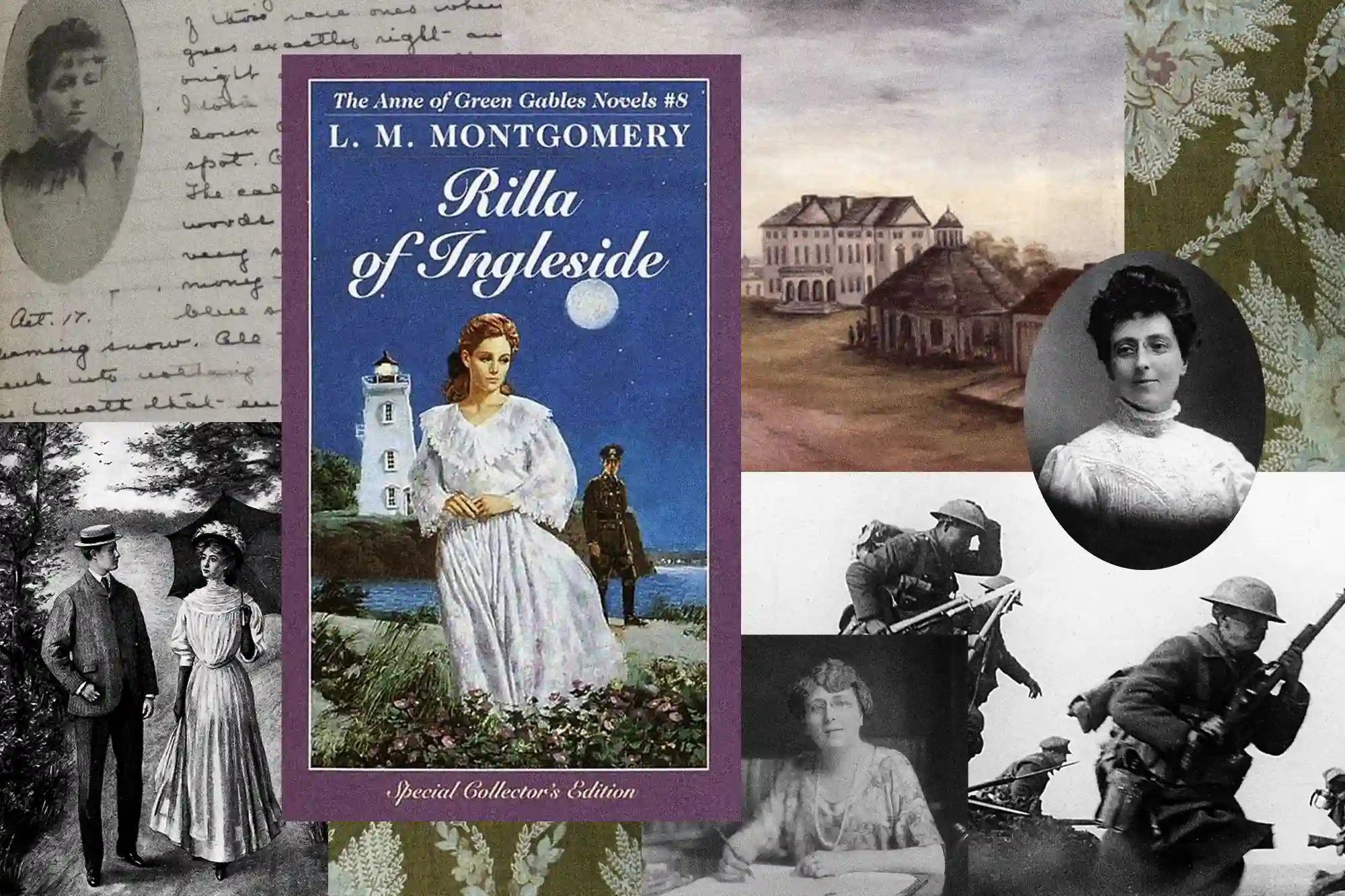Lucy Maud Montgomery (published as L. M. Montgomery) made a career for herself in the early twentieth century as one of the premier voices in Canadian literature. Her explorations of family dynamics and the lasting power of love and imagination all take place against her breathtaking descriptions of Prince Edward Island’s coastal scenery—the Canadian isle where she grew up. Within the impressive collection of works published in her lifetime (20 novels, 500 poems, and over 500 short stories), the Anne of Green Gables novels are Montgomery’s most famous works. But of the eight books in this beloved series of children’s classics, there is one—the final one, Rilla of Ingleside (1921)—that’s not nearly as celebrated or discussed as the rest of the collection. Are we missing out by ignoring what this unsung book has to offer?

How World War I Impacted Canada
The spectre of the Great War hangs over Rilla of Ingleside. After years of joy and endless hope in Anne’s and her children’s lives, this deadly conflict casts a pall over Prince Edward Island and Canada at large. Montgomery sets the scene: “The fierce flame of agony had burned itself out and the grey dust of its ashes was over all the world.” Indeed, this novel takes a much darker tone in comparison to the rest of the series, reflecting L. M. Montgomery’s despair over the war. Canada lost over 66,000 soldiers in WWI, and the reality of this tragedy finds its way into Rilla of Ingleside. Montgomery does not shy away from the devastation—the consequences of violence are visibly present in the novel, real and unforgivably harsh.

It is no surprise that Montgomery felt compelled to depict the tragedies she witnessed; she suffered from depression during her lifetime, and the horrors of WWI affected her greatly. Her diary during the war chronicles the loss of many local boys in the area. Montgomery was a new mother during this time, so while her children were not nearly old enough to enlist, she was still wracked with grief by news of these deaths and could not help but sympathize with the mothers whose sons would never return home. When the conflict ended in 1918, she traveled from Toronto back to her beloved Prince Edward Island to tend to wounded soldiers.
Like most writers, Montgomery took these experiences and processed them through her writing. Rilla of Ingleside is a tragic love letter to the soldiers at the Canadian front and the women left at home to wait for them.
From the Real World to the Page
Rilla Blythe, the youngest of Anne and Gilbert’s children, is the narrator of Rilla of Ingleside, and the novel explores her character as she grows and matures during the four years of WWI. While she begins as a flighty, frivolous young girl, the war forces her to take on responsibility and contend with the realities of adulthood. By placing Rilla at the helm, Montgomery invites us to step into the idealistic world of youth. We see Rilla’s dreams and hopes dashed by war and death, yet we also come to see how she is strengthened by her suffering.

Arguably, the most important plot of the book is Walter’s. Anne’s second son and Rilla’s favorite brother, Walter, serves as a stand-in for the Canadian men who lost their lives in WWI. Though Jem, the oldest, enlists almost immediately, Walter is reluctant to follow, and the community chastises him for it. While he is at university, Walter receives an anonymous white feather, symbolizing his perceived status as a coward. Eventually, Walter succumbs to the pressure, and he is shipped off to France, where he eventually dies in the trenches, decorated with medals for his bravery.
“I’ll never write the poems I once dreamed of writing—but I’ve helped to make Canada safe for the poets of the future—for the workers of the future—ay, and the dreamers, too…” — Excerpt from Walter’s last letter to Rilla, Rilla of Ingleside
Walter, who is the closest in temperament and spirit to his mother—dear Anne Shirley of the original books—becomes the most painful casualty the novel offers. Shortly before his death, a poem he wrote during his time in service is published in a London newspaper and becomes an anthem for the Canadian soldiers. A whole generation of young men, both in Canada and elsewhere, lost their lives in WWI, and through Walter, Montgomery mourns the great loss of their potential. Walter could have—and should have—been a celebrated writer. But the world’s cruelty robbed him of the fate he deserved.
How a Remarkable Novel Became a Forgotten Treasure
After L. M. Montgomery’s passing, her work was largely ignored by literary critics. It wasn’t until the 1970s that her writing was revisited and recognized for its importance. Then, in the 1980s, Kevin Sullivan’s TV films, Anne of Green Gables (1985) and Anne of Avonlea (1987), further cemented Anne Shirley’s story as a classic. Yet, to this day, the later books in the series, especially Rainbow Valley (1919) and Rilla of Ingleside, have never made it to the screen, and likely never will.

Generally, fans of Anne’s tale only care to see Anne, and by extension, Gilbert, leading the story. One of the most hated adaptations (or, more accurately, reimaginings) of Anne Shirley’s history is Anne of Green Gables: A New Beginning (2008). This TV movie, set in 1945, presents Anne as a widow. Gilbert’s absence—a fate which never occurs in the book series—was felt by fans everywhere. It holds the lowest rating by far of any of Kevin Sullivan’s Anne of Green Gables films.
The closest that Rilla of Ingleside has ever come to appearing on screen was in Kevin Sullivan’s reunion TV film, Anne of Green Gables: The Continuing Story (2000). In this movie, an engaged Anne and Gilbert struggle to begin their lives when WWI breaks out in Europe. Gilbert enlists, and when he is declared “missing in action,” Anne registers as a Red Cross nurse to try to find him in France. Though Sullivan’s plot is entirely original (and controversial among book purists), he did pull heavily from Rilla of Ingleside. Anne’s war anxiety and ultimately courageous spirit mimic that of Rilla, and Gilbert’s time as a soldier is a conglomeration of Walter’s and Jem’s experiences. Like Walter, Gilbert enlists due to outside pressure over his perceived cowardice, and like Jem, Gilbert is declared “missing in action” and feared lost.

Ultimately, Rilla of Ingleside is a beautifully written WWI novel, speckled with a touching romance and captivating coming-of-age themes. Though it may be a heartbreaking end to an otherwise joyful book series, its merit should not be discounted. Rilla of Ingleside faces the realities of grief and wartime sacrifice head-on, granting readers the opportunity to grow with the characters as they discover their own inner bravery.















